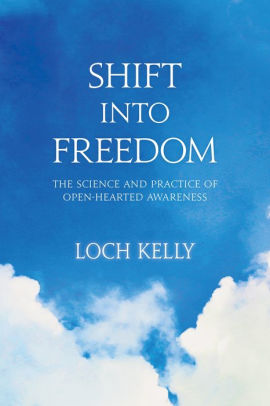 Zeigler-Hill, V. & Marcus, D.K. (2016). The Dark side of Personality. Washington, DC: American Psychological Association. ISBN: 978-1-4338-2187-5.
Zeigler-Hill, V. & Marcus, D.K. (2016). The Dark side of Personality. Washington, DC: American Psychological Association. ISBN: 978-1-4338-2187-5.
Available in hardcover and eBook.
Hardcover. 389 Pages. Includes index.
Reviewed by: J. Parker Morris
A detailed, thorough, and thought-provoking volume, The Dark Side of Personality clinically evaluates and expands upon what may be defined as ‘dark’, or socially maladaptive, personality traits. This volume addresses the popularity of the ‘Dark Triad’ personality traits; narcissism, psychopathy, and Machiavellianism, and includes other traits that could also be included in the realm of ‘dark’.
The Dark Side of Personality uses the dark triad of personality traits as a building block to discuss a wide array of socially maladaptive traits. Divided into five main sections, the ‘Big Five’ personality dimensions, the authors discuss antagonism, disinhibition, rigidity, and negative affectivity. Under each section, several subcategories are addressed in individual chapters and are broken down further. The book closes by discussing future directions, gaps in the research, and highlights a need to address future issues.
Challenging all-or-nothing descriptions of personality traits, The Dark Side of Personality frames many ‘dark’ traits in a well-rounded light. For instance, while overconfidence may encourage groupthink and deter learning, it may also build self-efficacy and determination. However, the authors do note that many of these traits have short term benefits and long-term consequences.
Since authors from several different institutions and disciplines collaborated on this work, there are dozens of perspectives offered in this text, allowing readers to think critically and consider personality from several lenses. Also unique to this book, authors discuss personality traits that may be considered more ‘normal’ than the Dark Triad in the context of dark traits. Conversely, authors also outline the Dark Triad with potential positive outcomes.
In sum, the Dark Side of Personality re-conceptualizes what psychologists may define as ‘dark’ personality traits by adding context, research, and multidisciplinary evaluation into this volume. The book also highlights voids in the literature that researchers could address in the future. However, the book addresses up front that this volume is not comprehensive or conclusive; more research is required in the field of dark personality and personality psychology.



